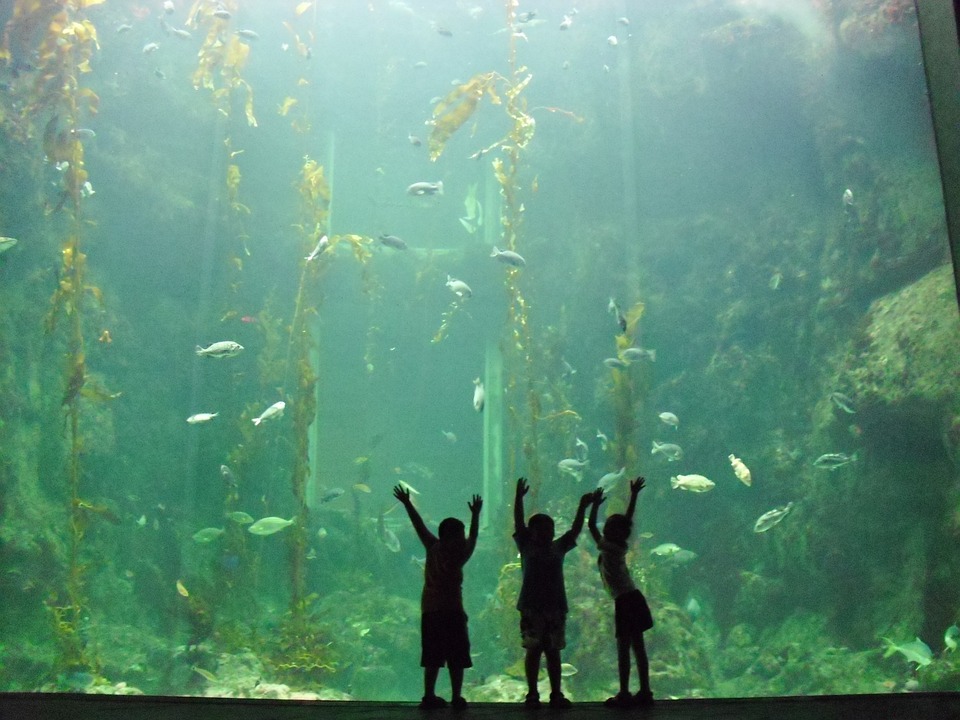Goldfish are beloved pets known for their vibrant colors and graceful swimming. To ensure the well-being of these beautiful aquatic creatures, it is crucial to establish and maintain a suitable environment that supports their health and longevity. In this article, we will delve into the key aspects of goldfish care and provide valuable insights on maintaining optimal water conditions, suitable tank setup, and other essential factors. Additionally, we have included a FAQ section at the end to address common concerns and queries about goldfish health.
I. Water Quality and Filtration: The Foundation of Goldfish Health
Maintaining pristine water conditions is of utmost importance when it comes to goldfish care. Here’s what you need to know:
1. Water Parameters: Goldfish thrive in water with specific temperature, pH, and ammonia levels. It is recommended to keep the water temperature between 65°F and 75°F (18°C – 24°C), maintain a pH level between 7.2 and 7.6, and ensure ammonia levels remain at zero. Regularly test the water using reliable test kits to monitor these parameters.
2. Filtration System: A quality filtration system is essential to remove waste, toxins, and excess nutrients from the water. Choose a filter that suits the size of your tank and opt for a combination of mechanical, chemical, and biological filtration methods to ensure optimal water quality.
3. Water Changes: Regular partial water changes are necessary to dilute toxins and maintain water quality. Aim to replace approximately 20-30% of the water every 1-2 weeks, depending on the tank size and stocking levels.
II. Tank Setup: Creating a Suitable Habitat for Goldfish
Goldfish require a spacious and well-equipped tank to thrive. Consider the following factors when setting up their habitat:
1. Tank Size: Goldfish need ample swimming space to flourish. As a general rule, provide a minimum of 20 gallons (75 liters) per goldfish. Larger tanks are always better and can help prevent stunted growth and health issues.
2. Substrate and Decorations: Choose a substrate that is easy to clean, such as smooth gravel or sand. Avoid sharp or small gravel to prevent goldfish from swallowing it. Additionally, include suitable decorations like rocks, driftwood, and plants (real or artificial) to provide hiding spots and simulate a natural environment.
3. Lighting: Goldfish require a well-lit environment to support their natural behaviors and maintain a healthy biological rhythm. Use adjustable aquarium lights to provide a suitable day-night cycle, mimicking their natural habitat.
III. Feeding and Nutrition: Nurturing Goldfish Health
Proper nutrition is vital for goldfish growth and overall well-being. Follow these guidelines for a balanced diet:
1. Variety of Foods: Offer a varied diet that includes high-quality commercial goldfish pellets, flakes, and frozen or live foods. Supplement their diet with fresh vegetables like peas, lettuce, and spinach, which provide essential vitamins and fiber.
2. Portion Control: Overfeeding is a common mistake that can lead to obesity and health issues. Feed your goldfish small portions 2-3 times a day, ensuring they consume all the food within a few minutes. Remove any uneaten food promptly to maintain water quality.
3. Avoid Overcrowding: Overstocking the tank can lead to competition for food and stress among goldfish. Provide adequate space and avoid mixing goldfish with aggressive or fin-nipping species.
FAQ Section: Addressing Common Concerns about Goldfish Health
1. How often should I clean my goldfish tank?
Regular partial water changes should be performed once every 1-2 weeks. However, monitor water parameters closely, and if they deviate from the recommended levels, additional water changes may be necessary.
2. How can I tell if my goldfish is sick?
Look out for signs of illness such as lethargy, loss of appetite, abnormal swimming behavior, color changes, or visible signs of injury or disease. If you notice any concerning symptoms, consult a veterinarian with experience in fish health.
3. Can I keep goldfish in a bowl without a filter?
While goldfish may survive in a bowl for a short period, it is not a suitable long-term habitat. Goldfish produce a significant amount of waste, and without proper filtration, water quality deteriorates rapidly, leading to health issues.
4. Can I use tap water for my goldfish tank?
Tap water can be used for goldfish tanks, but it must be treated to remove chlorine and other harmful chemicals. Use a water conditioner specifically designed for aquarium use to make tap water safe for your goldfish.
By following these guidelines and providing a suitable environment, you can ensure the health and happiness of your goldfish companions. Remember, a well-maintained tank and a balanced diet go hand in hand when it comes to goldfish care. Stay observant, responsive, and proactive in addressing any potential health concerns, and your goldfish will reward you with their beauty and grace for years to come.









